As someone who absolutely cherishes beach season, I’ve spent countless hours soaking up the sun, building sandcastles, and splashing in the waves. There’s something magical about the salty breeze, the rhythmic sound of crashing waves, and the warm sand beneath my toes. However, amidst all the fun, I recently stumbled upon a mystery I had never unraveled before—the enigmatic purple flag.
Understanding Beach Flag Signals
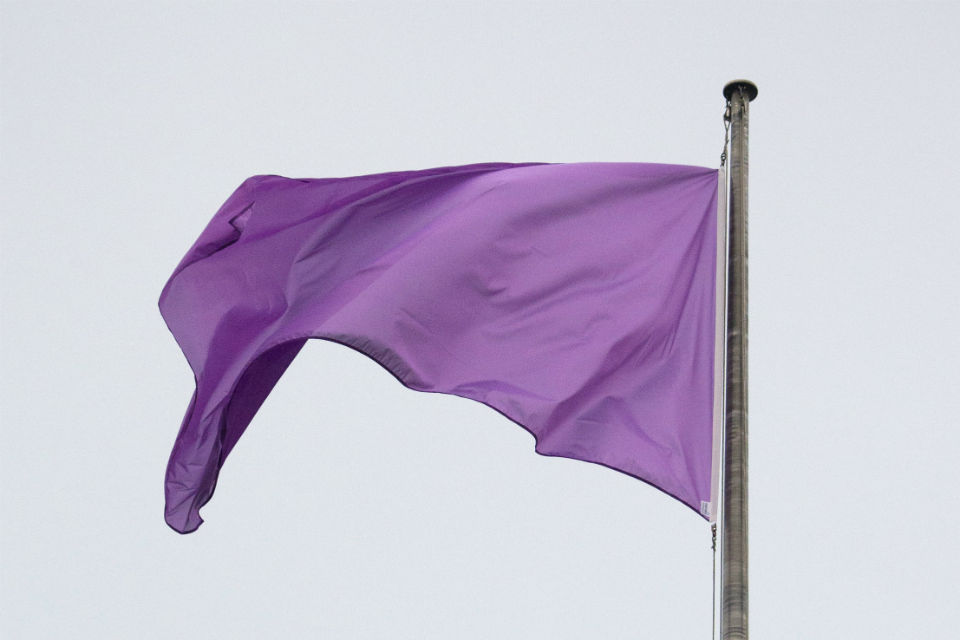
We’re all familiar with the flag system at the beach. A vibrant green flag waves to signify safe and calm waters, while a fiery red one warns of strong currents. A sunny yellow flag reminds us to be cautious. Each color tells a story, conveying vital information for beachgoers like me who love to dive into the ocean. But what does that mysterious purple flag mean? Prepare to be surprised, as I was, because it’s not just any ordinary flag.
Picture this: it’s a perfect day at the beach. The waves are gentle, the sun is shining, and everything feels harmonious. You scan the familiar flags, gauging the ocean’s mood. Green—low hazard and calm conditions. Check. Yellow—medium hazard level, proceed with caution. Got it. Red—high hazard, rough waters ahead. No problem, I’m a seasoned beachgoer, and I know my limits. But wait! There it is—the purple flag, fluttering in the breeze like a riddle waiting to be solved.
Decoding the Purple Flag
Curiosity piqued, I embarked on a quest to decipher this mysterious flag. What I uncovered was both astonishing and enlightening. The purple flag is not just another warning; it’s a message from the sea itself, alerting us to the presence of marine pests. Imagine that—the ocean communicating with us through a simple color, ensuring our safety while we enjoy its embrace.
What Are Marine Pests?
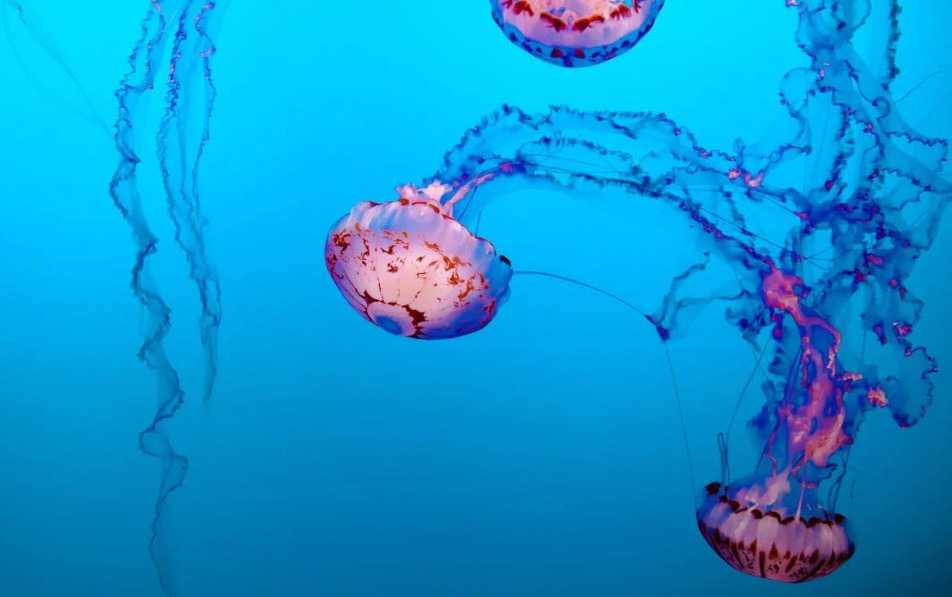
Marine pests, you ask? Yes, you read that right. The purple flag acts as a beacon, cautioning us about potential companions lurking beneath the waves. Jellyfish—those ethereal yet sometimes stinging creatures—might be sharing the water with us. But that’s not all! Hidden beneath the surface could be stingrays and other potentially dangerous fish. Suddenly, the purple flag takes on a whole new level of importance.
When you spot that enigmatic purple flag, don’t dismiss it as mere beach decor. It’s a signal—a heads-up from the ocean, reminding us that beneath its sparkling surface lies a world of both beauty and potential hazards. As beach lovers, it’s our responsibility to heed this message and adjust our plans accordingly.
How to Stay Safe at the Beach
So, what should you do when you see the purple flag? First and foremost, stay alert! Here are a few tips to ensure a safe beach experience:
- Observe Your Surroundings: Keep an eye out for jellyfish and other marine life, especially if you see the purple flag.
- Avoid Swimming in Infested Areas: If you spot jellyfish or other warnings, consider swimming in designated areas where the flag isn’t present.
- Educate Yourself About Local Marine Life: Familiarize yourself with the types of marine pests common in the area you’re visiting. Knowledge is power!
The Importance of All Beach Flags
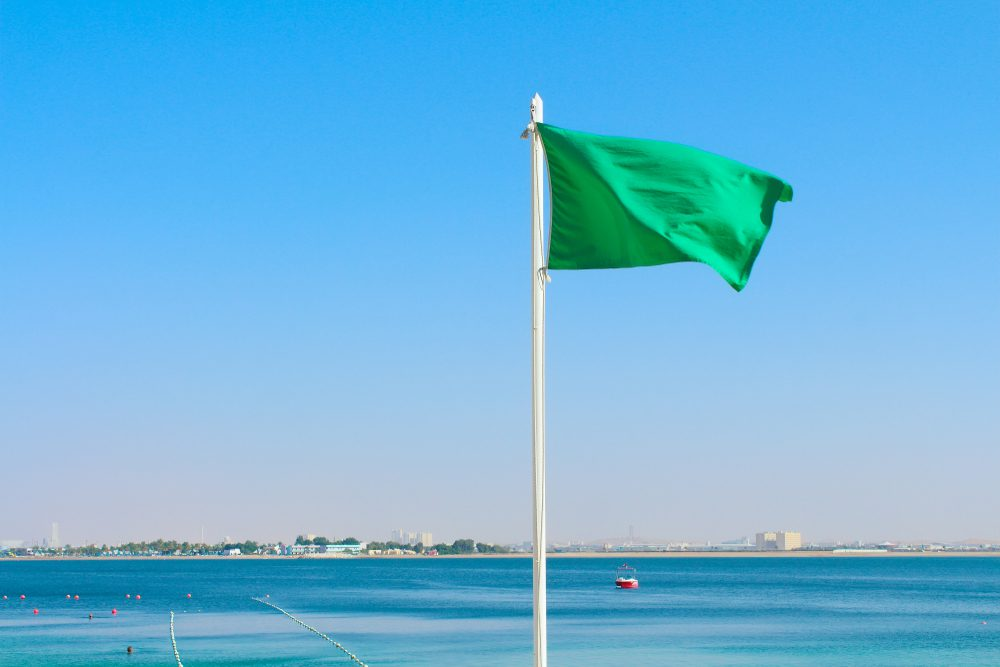
Remember the other flags? Green means calm waters, inviting you for a leisurely swim. Yellow warns of moderate hazards, suggesting a bit of extra caution but still welcoming. Red indicates serious warnings with high hazard, signaling that conditions may be too rough for comfortable swimming. When you see a double red flag, it’s a clear sign that the water is off-limits—safety first!
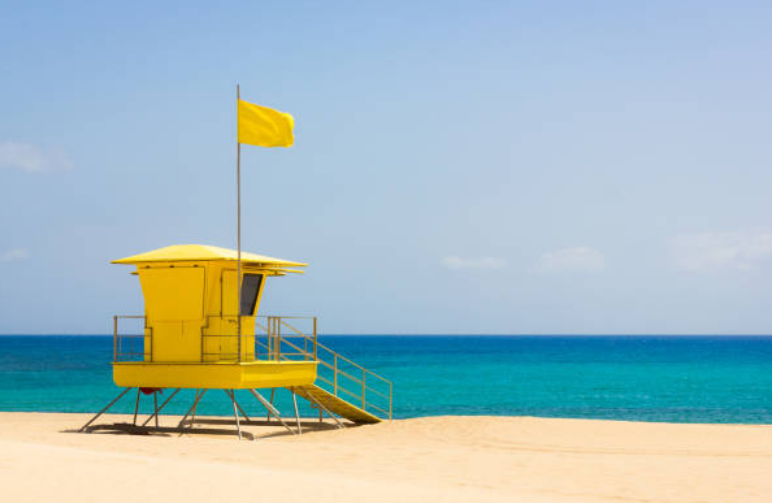
But what about the purple flag? It’s the ocean’s way of saying, “Hey, there might be some uninvited guests in the water today.” It’s a lesson in coexistence, urging us to appreciate the intricate balance of the ocean ecosystem.
Embracing the Ocean’s Message
So, my fellow beach enthusiasts, the purple flag is no longer a mystery but a symbol of oceanic communication. The next time you visit your favorite beach and spot that intriguing flag, you’ll know it’s the sea’s way of saying, “Welcome, but be aware.” Let’s embrace this message, respect the ocean’s inhabitants, and continue to enjoy the waves with a newfound understanding.
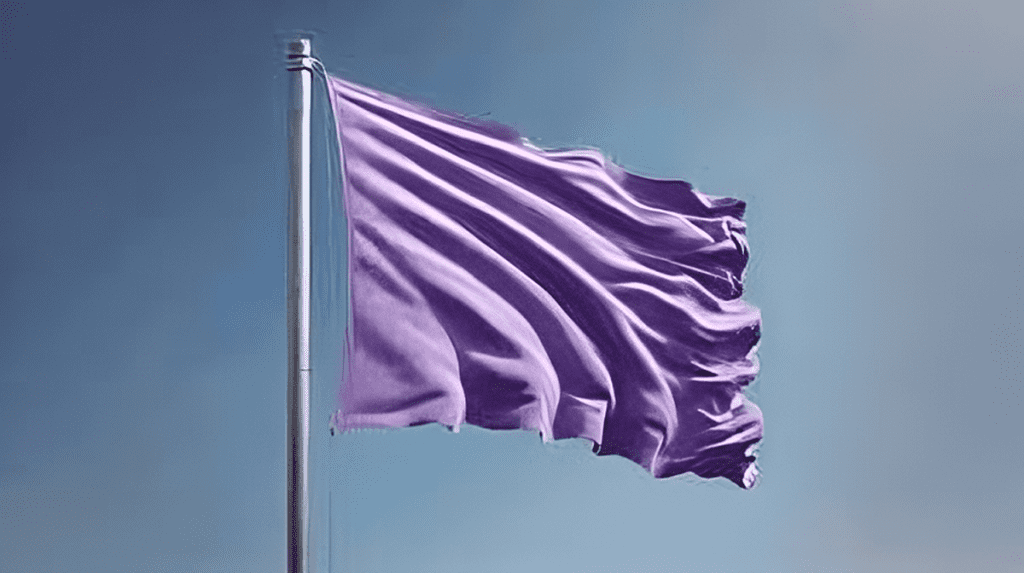
In conclusion, understanding the significance of the purple flag enhances our beach experience. It’s not just about sunbathing and splashing in the waves; it’s about staying informed and safe while enjoying the beauty of the ocean. So, next time you hit the beach, keep an eye on those flags, especially the purple one. Respect the ocean’s message, and you’ll ensure a fun and safe day by the sea!


